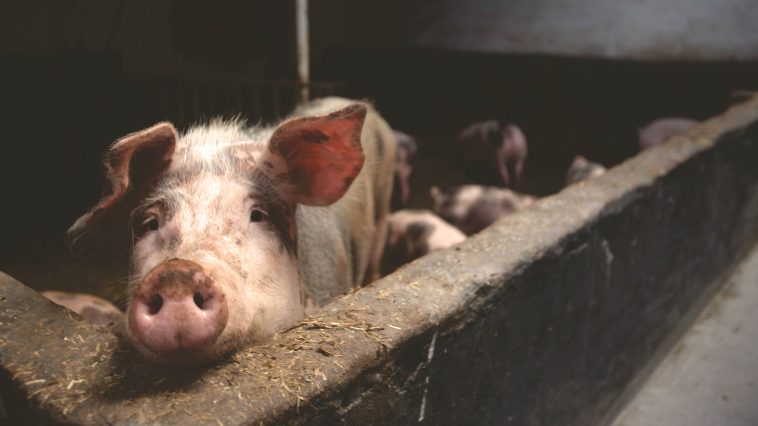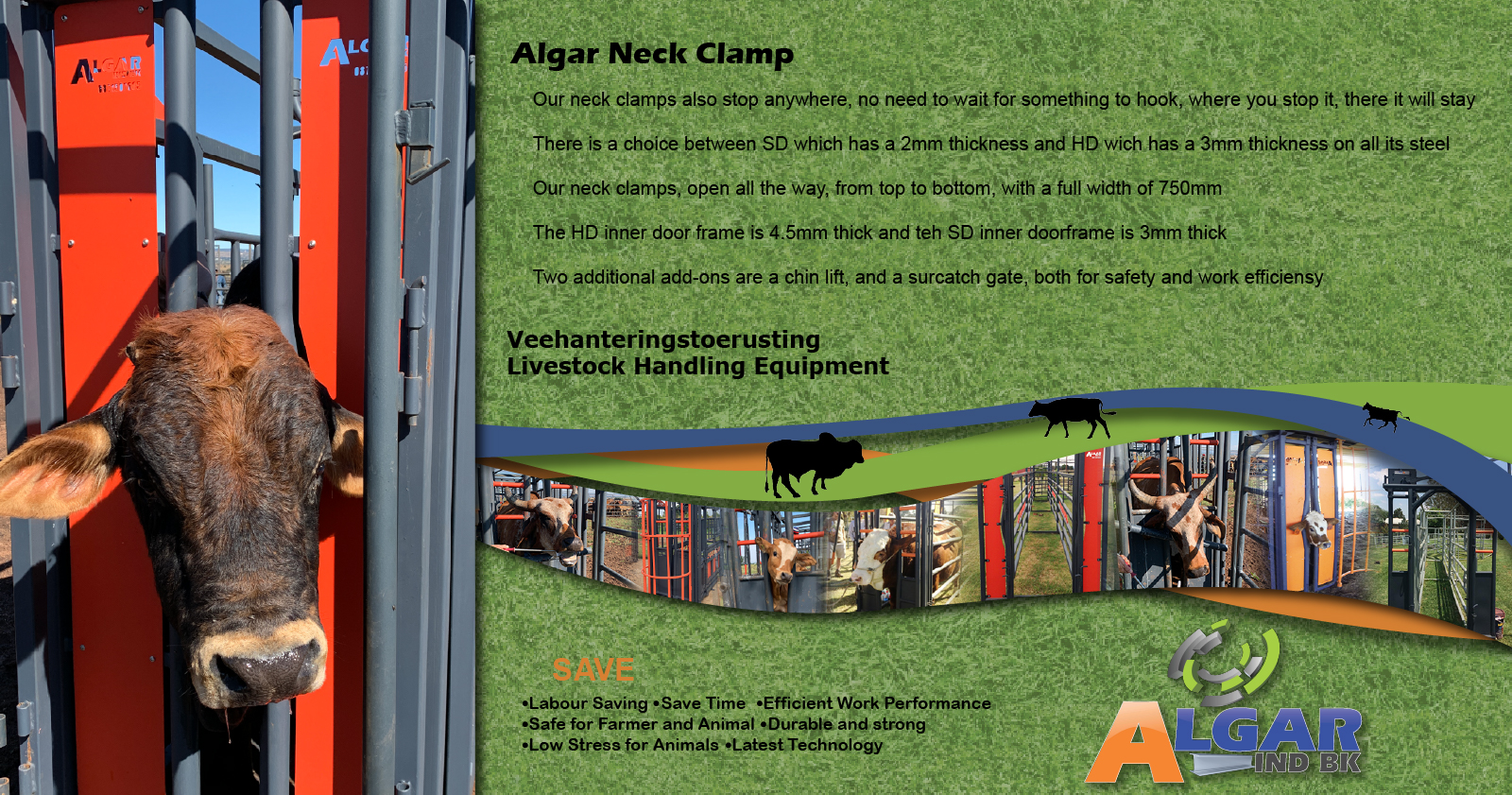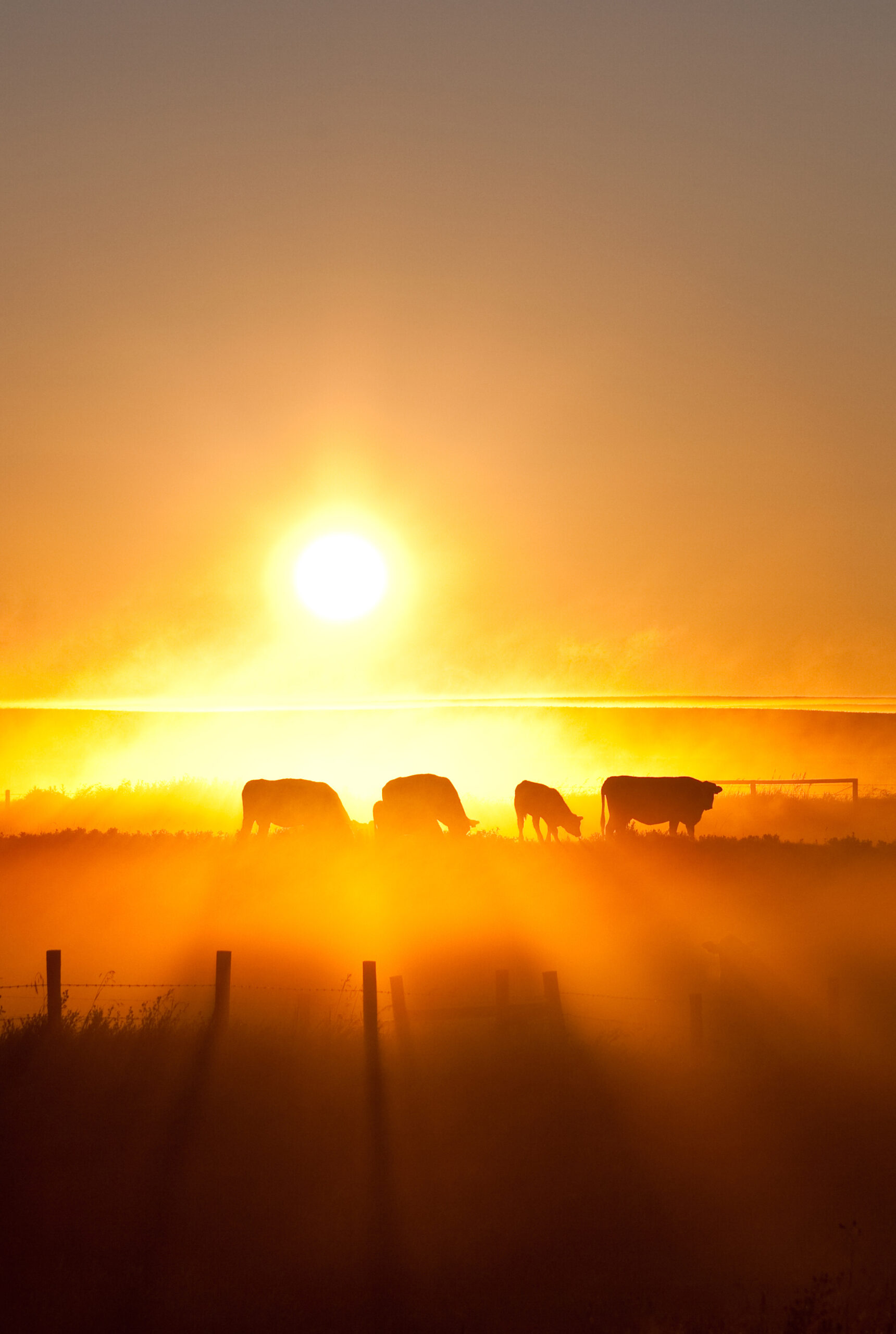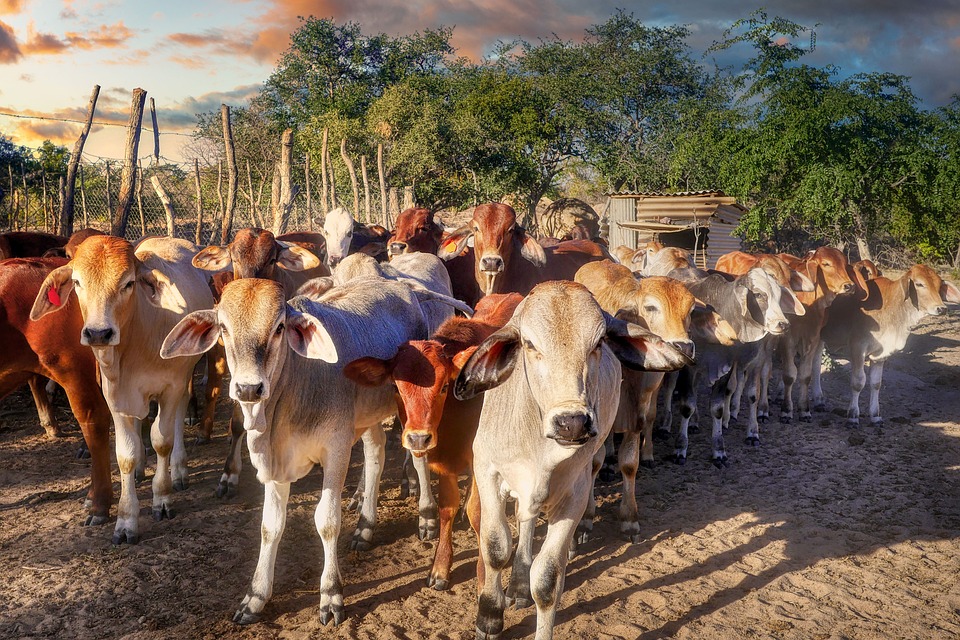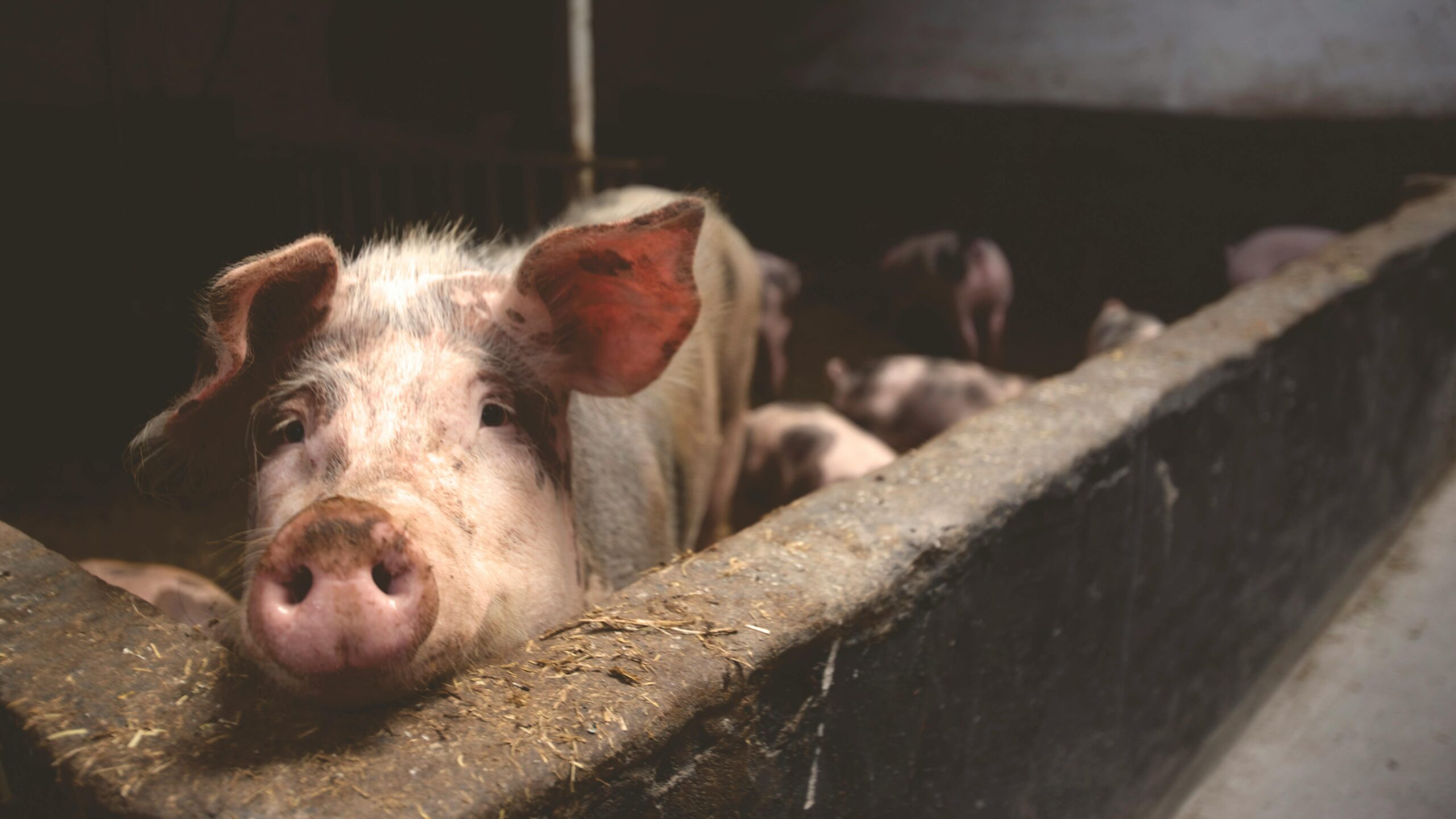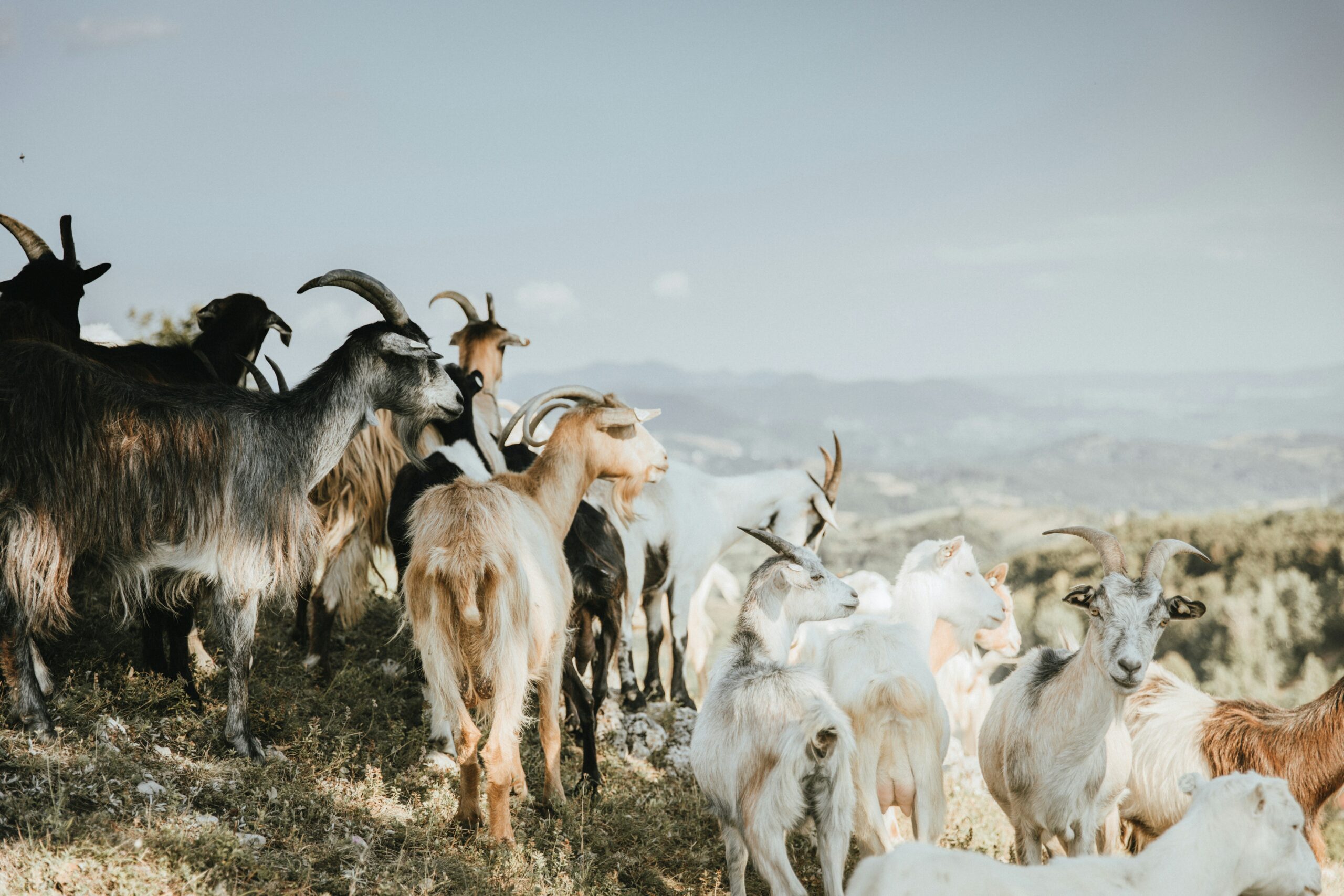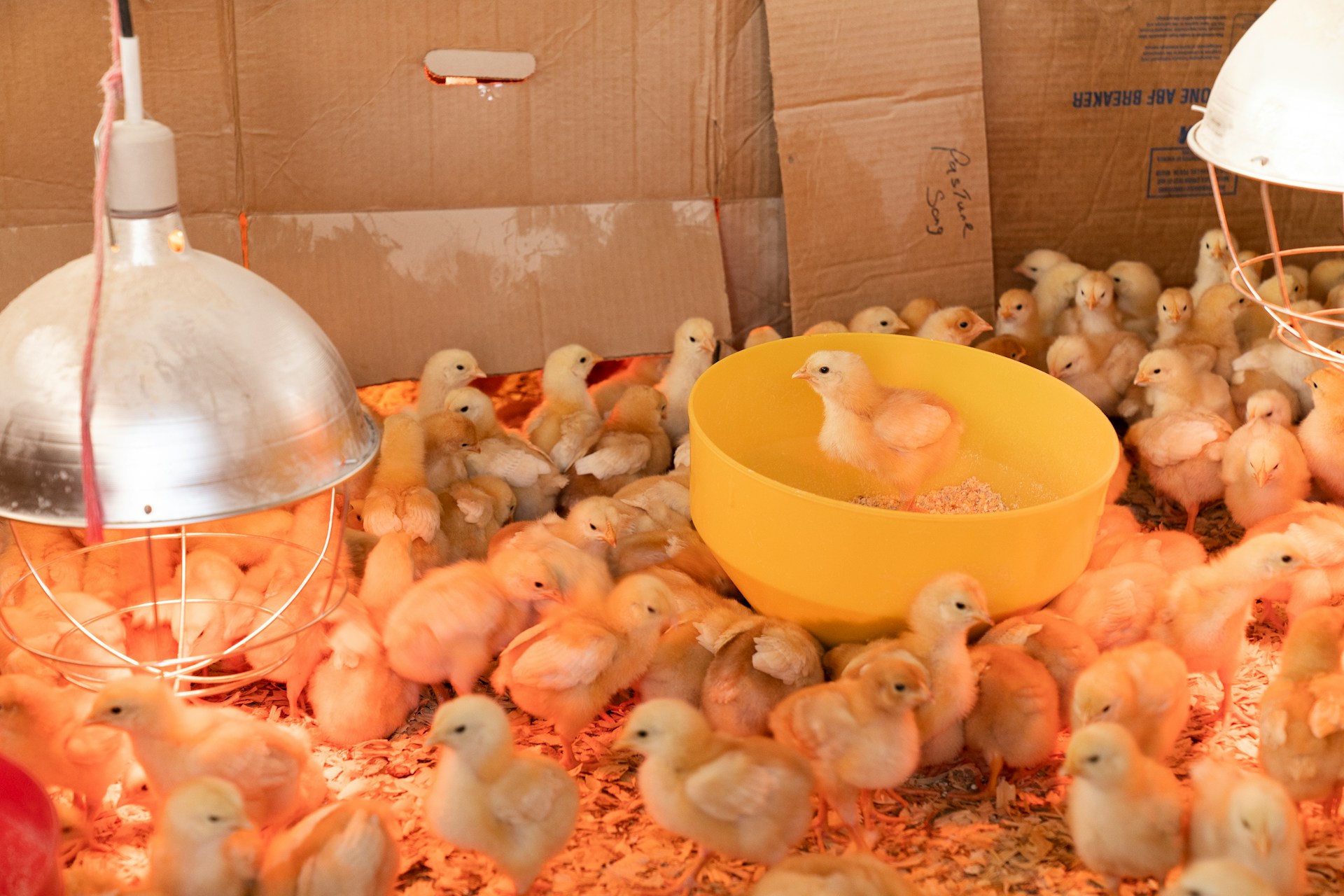In pig farming, optimum management is essential as this determines the success of the venture.
The general production cycle of pig farming begins with a sow mating with a boar, or the fertilisation of ova through artificial insemination. The average gestation period of a sow is 114 days, after which it gives birth to a litter. Weaning is usually undertaken at three weeks, after which the weaners are taken to a nursery after having their tails docked, ears notched, needle teeth clipped, navel disinfected, been castrated, and receiving their iron shot.
From the nursery, the pigs are moved to a grower-finisher facility where they may be slaughtered or sold upon reaching the desired market weight or size. At the end of the cycle, the gilts/boars can be replaced, and the cycle starts afresh again.
To ensure that the Life Cycle Assessment (LCA) is proficiently undertaken, key farm activities will be centred on the management of:
- the use of direct energy and water;
- manure and waste,
- upkeep of the breeding herd,
- nursery pigs,
- growers/finishers and pigs for slaughter;
- feed production, and
- feed processing.
This model of functionality is commonly applied to an all-round integrated pig farming system.
Breeding boars
Managing animals that are newly introduced to the breeding herd should be a high priority if maximum reproductive efficiency is to be achieved. Good reproductive and nutritional management pays dividends through an increased number of pigs farrowed live and weaned.
For reproductive soundness, boars should be at least seven and a half months of age and should be evaluated on:
- mating behaviour,
- libido; mounting,
- mating, and
- their quality of semen.
Gilts
When it comes to the sow, the energy intake of selected gilts should be restricted to prevent overweight conditions. Moving gilts to new pens, increased exercise, and daily exposure to boars beginning between 160 and 180 days of age, will help encourage the onset of oestrus (a recurring period of sexual receptivity and fertility).
Breeding should be delayed until the second or third oestrus to increase the probability of large litters and prevent dystocia (difficult farrowing).
Gilts that do not conceive after mating at two oestrous periods should be marketed. Likewise, gilts that have not expressed heat by nine months of age should be culled. During gestation, gilts should be fed to gain about
34,1 kg and not become overly fat.
Piglets
Farmworkers must ensure the piglets are able to suck from the udder as soon as possible after birth. Sucking of the piglets stimulates the sow to let down her milk. Weak piglets may need to be aided during this period. It is important that the piglets immediately take advantage of the first milk (colostrum) and the colostrum should be taken by all the piglets on the same day they are born. This is because the colostrum aids immensely in boosting their immune system and defending them from diseases.

Weaning is usually undertaken at three weeks, after which the weaners are taken to a nursery after having their tails docked, ears notched, needle teeth clipped, navel disinfected, castrated, and receiving their iron shot. (Source: Vecteezy)
Replacement of breeding animals
Boars boars should be replaced when they become too large to serve most of the sows on the farm.
Boars usually have a maximum working life of between 18 to 24 months, meaning replacement should be undertaken when they are 30 to 36 months old. It is very important to keep record of the boars’ use so that infertile ones can be detected and replaced as soon as possible.
A low sex drive (libido) can also be a problem. Some boars are slow workers and are sometimes reluctant and only now and then willing to work. Such boars may need to be substituted.
If replacement gilts are not available when needed or if they do not comply with the requirements, gilts should be bought. It is desirable to buy the gilts from the same farm where the boars come from, because in this way the previous owner can advise you on the breeding policy for a small pig farm.
The overall project management system for a piggery looks at:
- conception and initiation of the project,
- definition of farm objectives and planning,
- launch/execution of project,
- performance and control, and
- piggery project closing.

After a sow furrows a litter, the piglets live with the sow whereafter they are moved to the nursery to be weaned.
The conception was explained in the previous article about piggery. The definition and planning will look at elements such as scope and budget, work breakdown schedule, the Gantt chart, communication plan, and risk management of the project.
The launch and execution cover the project status and tracking, key performance indicators (KPIs), quality maintenance and project forecasts. Performance and control include aspects such as the project objectives, quality deliverables, effort and cost tracking, and the piggery project performance.
Project closing seeks to ensure that the project punch list was achieved and the processing of a report for future reference and record-keeping for the project.

